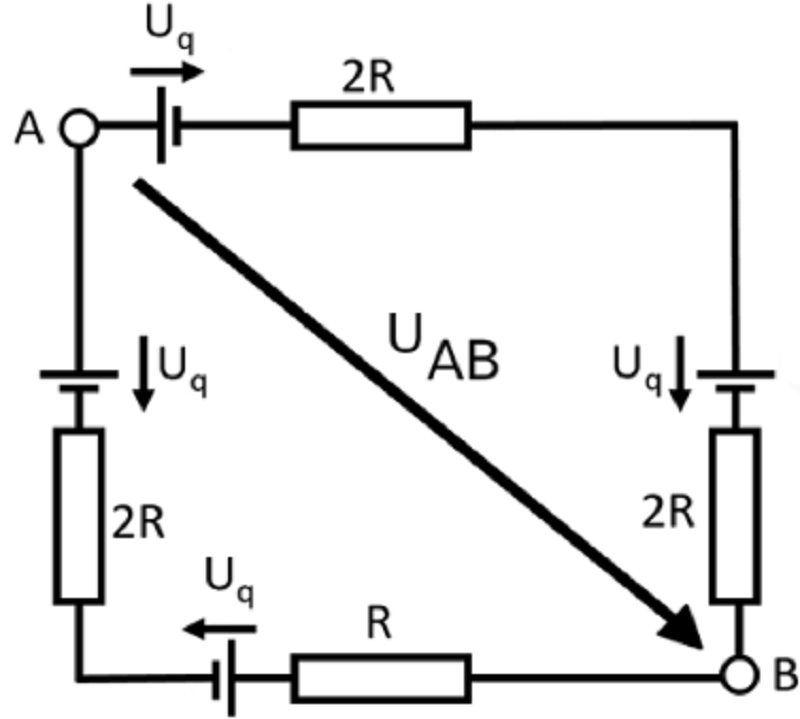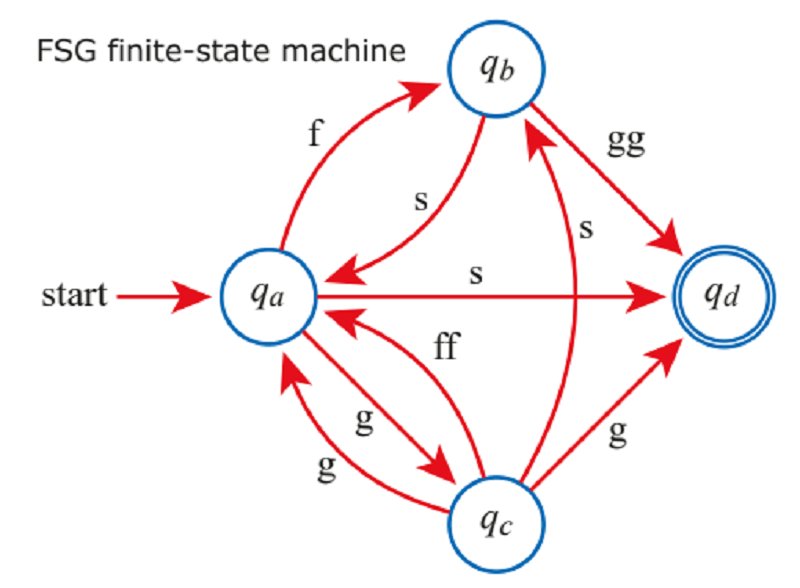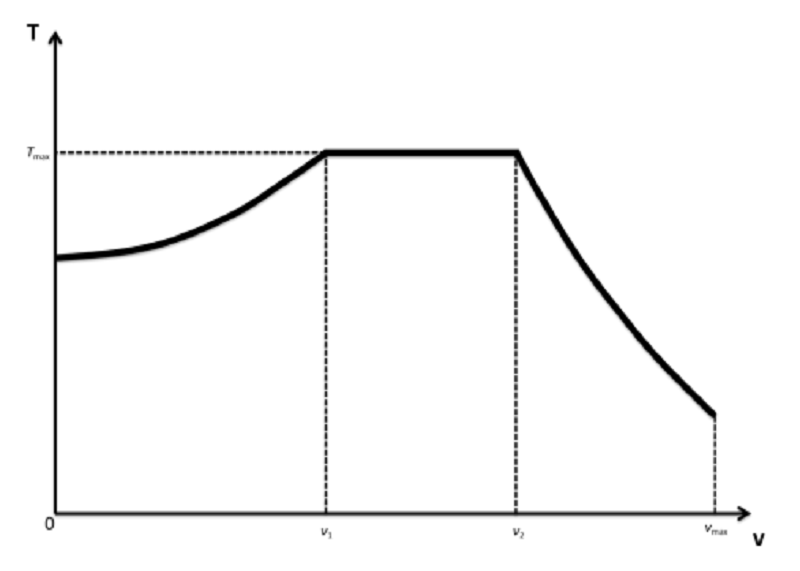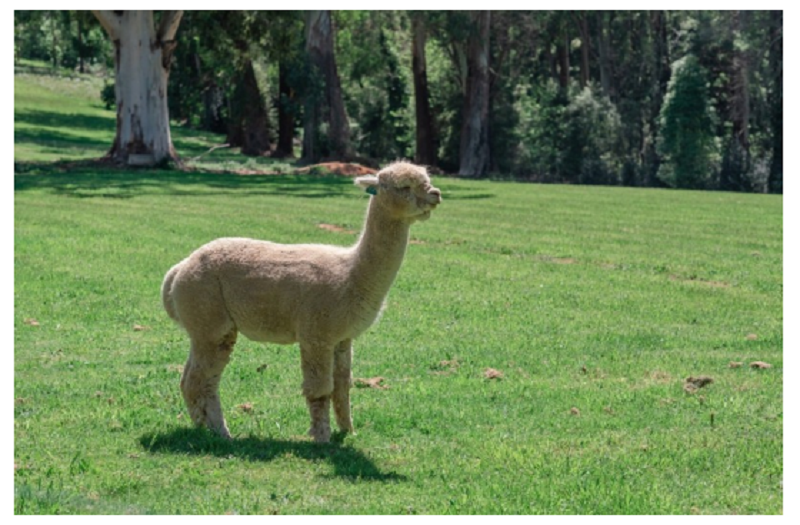FSG Preperation Quiz
{"name":"FSG Preperation Quiz", "url":"https://www.quiz-maker.com/QPREVIEW","txt":"Prepare yourself for the exciting world of Formula Student with this comprehensive quiz designed to test your knowledge in engineering, economics, and thermodynamics. Whether you're a seasoned competitor or a newcomer, this quiz offers a challenging set of scenarios related to the design and performance considerations of FSG vehicles.Key Features:11 thought-provoking questionsMultiple-choice and open-ended formatsCovers a wide range of topics including thermodynamics, economics, and engineering principles","img":"https:/images/course5.png"}
More Quizzes
Lisbon Quiz 1
1366
Explore the World of Robotics
5241
Welche Ausbildung passt zu dir?
320
St Patrick's Day Quiz
1050
Free code.org Unit 7 Test Practice
201028249
Free Lab Practical 1 Anatomy & Physiology Test
201021812
Does My Guy Friend Like Me? Discover His Feelings
201025854
Do I Want a Divorce? Free Test to Decide Now
201030893
Adobe Campaign Workflow: Master Primary Keys
201079787
Free Life Functions: Test Your Biology Skills
201058021
Ultimate Joe Walsh: Test Your Guitar Legend IQ
201024104
Simple Machines: Calculate Pulley IMA & More
201082988








